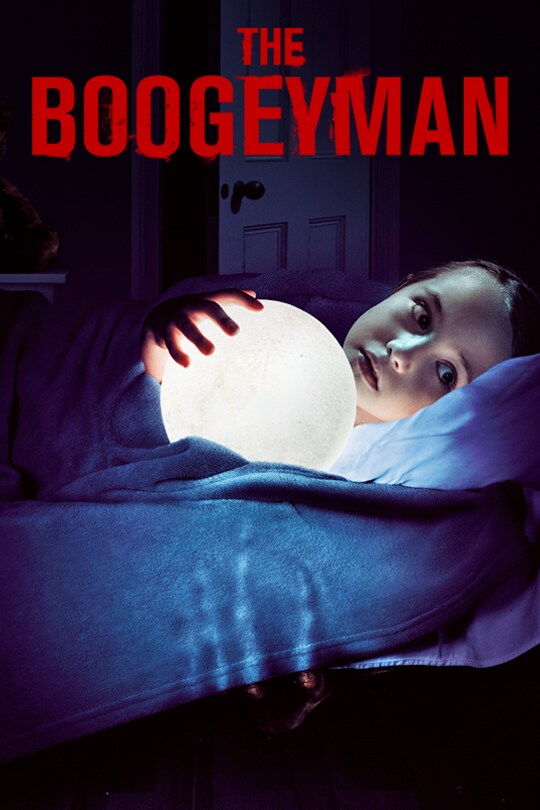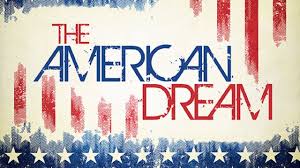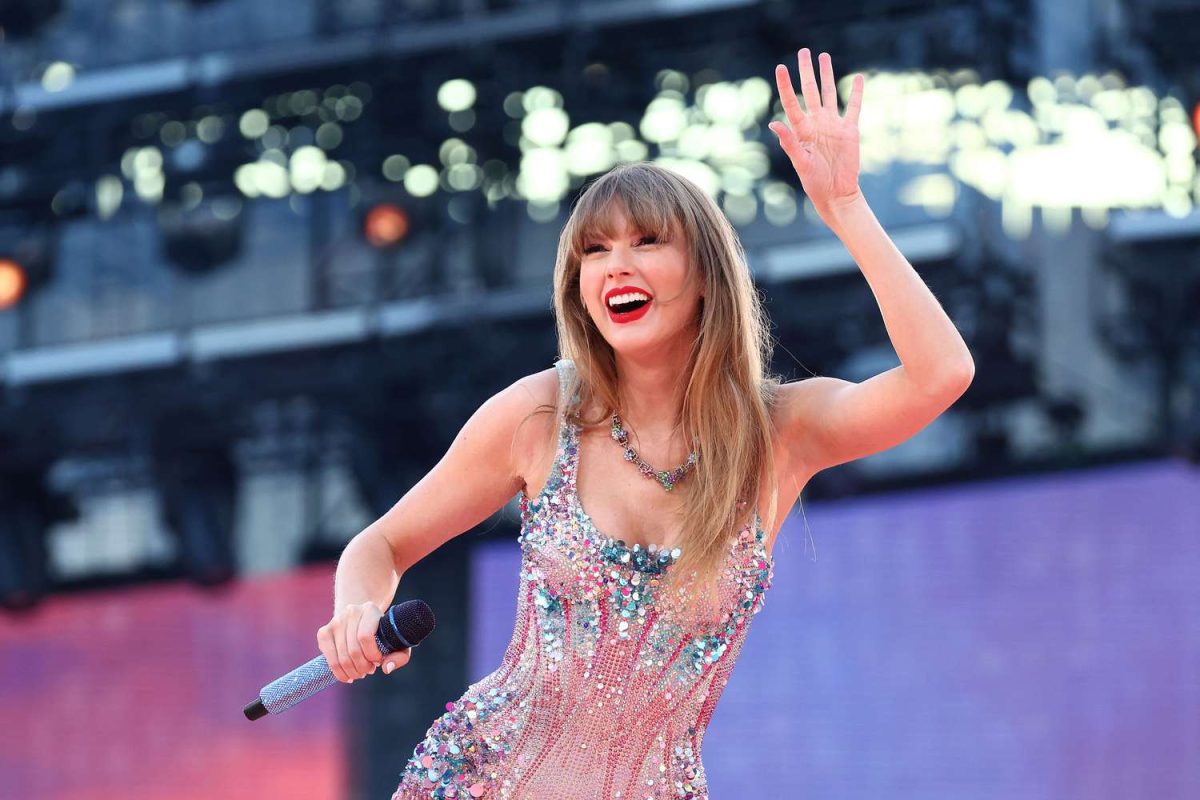The Boogeyman, a film inspired by Stephen King and directed by Rob Savage, initially sparks interest and high expectations due to the known successes of Rob Savage films such as The Host and a large handful of King’s incredible work. However, when actually thrust into the dark and eerie world The Boogeyman entails, what is much more frightening than the story itself is the extreme lack of originality and uncanny prevalence of horror cliches.
The plot follows the premise of a story that has been overly exhausted throughout horror film history. A troubled therapist, father of two, has recently lost his wife in an unfortunate incident and has to deal with the struggles of parenting and forming new bonds with his children. The character is played by Chris Messina, the horror genre being a new endeavor compared to his general association with comedy films such as The Mindy Project and “AIR.”
However, the storyline seems to predominantly follow the perspective of the eldest daughter, Sadie, (portrayed by Sophie Thatcher, known for the TV series Yellow Jackets), who struggles in forming a trusting relationship with her father, while juggling her personal life and loss of her mother. She finds herself in a fearful position as her younger sister (played by Vivian Lyra Blair) begins to have encounters with a monster in their home. She is then forced to accept the reality of the horrors that lurk in the dark.
Set in a shadowed world, the film bends the reality of a mixture of childhood fears and fears of loss and ignorance. It highlights the feeling of solitude and lack of support that Sadie feels as she endures new horrors and attempts to save her family, and herself, from what waits behind closed doors.
Another addition to the list of horror film cliches that appear all too frequently is the pace of the plot. One praise that must be awarded is the ability for the film to keep watchers engaged, the pace never quite slowing enough to cause distraction and boredom.
What displays the hackneyed nature of the pace is the feeling of the directors having over-stressed keeping the audience engaged. The plot is presented in a way that almost immediately captures the attention of the audience, with a fairly early climax and many high points throughout the film. In fact, this feeling of constant engagement eventually creates a reverse effect, as it leaves the viewer feeling almost at boredom due to the constant blood-pumping feeling.
What most distracts from the rather simple and linear storyline is the almost haphazardly incorporated side storyline of Sadie’s social and school life. In the midst of the terrifying, jump-out-of-your-seat interactions with the ‘boogeyman,’ the viewer is emotionally interrupted by the unfortunate social treatment of the main character. In the end, it is quite easily realized that the plot and overall pace of the story too closely resembles that of many other horror films in the industry.
However, praise may also be awarded for the closing, leaving the viewer not quite satisfied by the assumed interaction between the main character and the monster which was supposedly stopped. It left viewers wondering, if not arguing, over whether the threat was put to an end or can never truly be destroyed.
The overall emotional quality of the film is fairly decent. The actor’s familial chemistry is mostly believable, with a few shaky scenes in which the interactions draw the reader back to the reality of the characters being just actors.
The main character Sadie is by far the most emotionally expressive and connected character in the entire film. Sophie Thatcher excellently portrays the emotional and personal struggles that Sadie experiences throughout the story in a moving and relatable way. Thatcher also did a remarkable job assuming the overall role, creating the true, overwhelming allusion of her character as a real world person. This stellar performance draws the entire storyline together and mends the shattered pieces of the plot, ultimately the cornerstone and savior of the film as a whole. Her most memorable scene was in one of the closing scenes in which she is made to be bait to the boogeyman and appears to face true fear.
Incredibly less believable is the accompanying performance of Chris Messina as Sadie’s father. This role appeared to be far out of his ‘comfort zone’ of more comedic films. The idea of a father with such a lack of emotional expression and connection with his children after the death of his wife is something that frequently appears in film, but it fails to hit the mark in this performance. Many scenes that were clearly meant to be heartwarming simply failed to carry the emotional impact due to the lack in the quality of the acting. He clearly is meant to stick to more comedic roles.
What is far more believable is the special effects and use of CGI. Though not quite fully depicted for the majority of the film, when the Boogeyman is shown in the closing scenes, it is easy to incorporate the monster into reality, if even only for a few minutes. It certainly helps to not fully or clearly reveal the entire monster, but the few shots in which it is shown are rather impressive and realistic. This positive nearly makes up for the reality dissociations in the plot and acting performances.
While the film does present few positive aspects and successes, the frequent and overarching cliches make the film unworth the watch. Compared to the plethora of horror and thriller films in the industry, nothing particularly sets this film apart from the others. The storyline is unoriginal, the plot is nearly linear and the acting is of average quality. If boredom becomes you, then perhaps you may watch this film to ease your mind.








